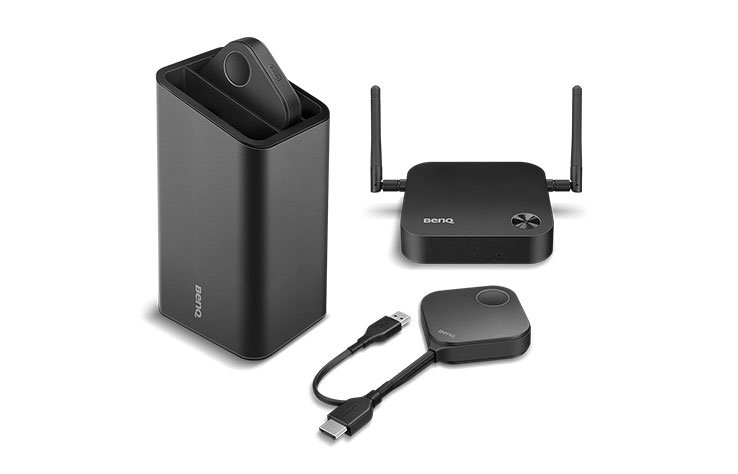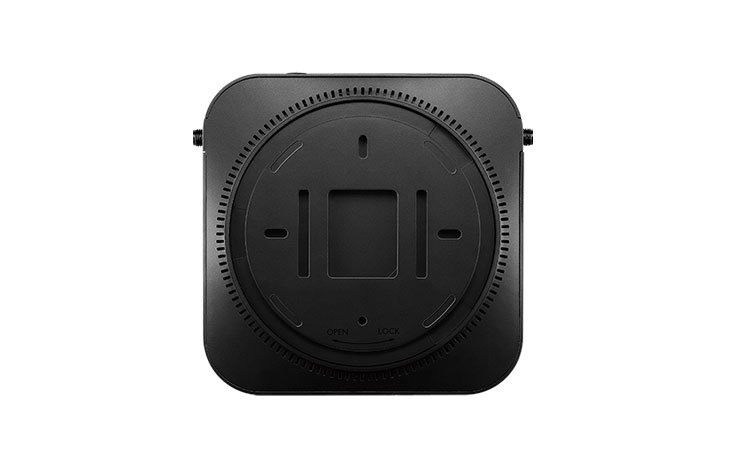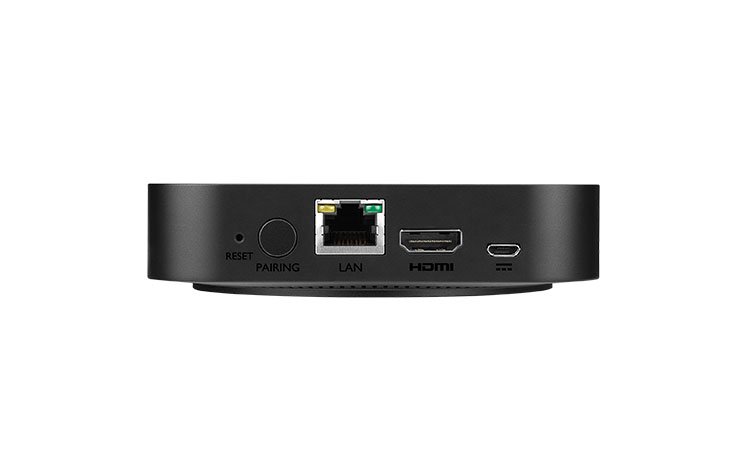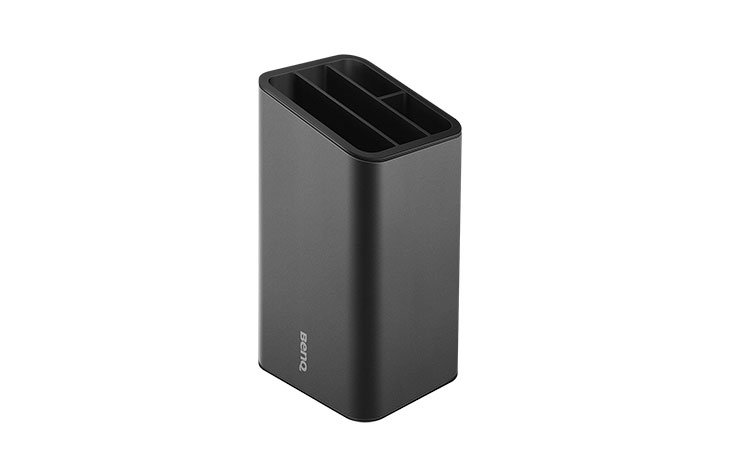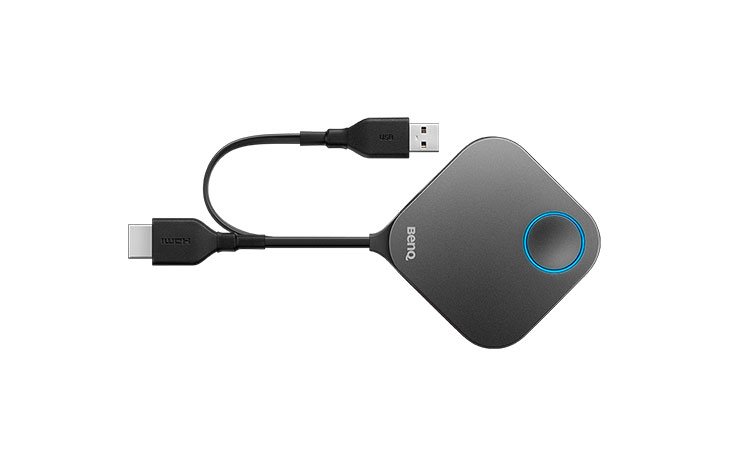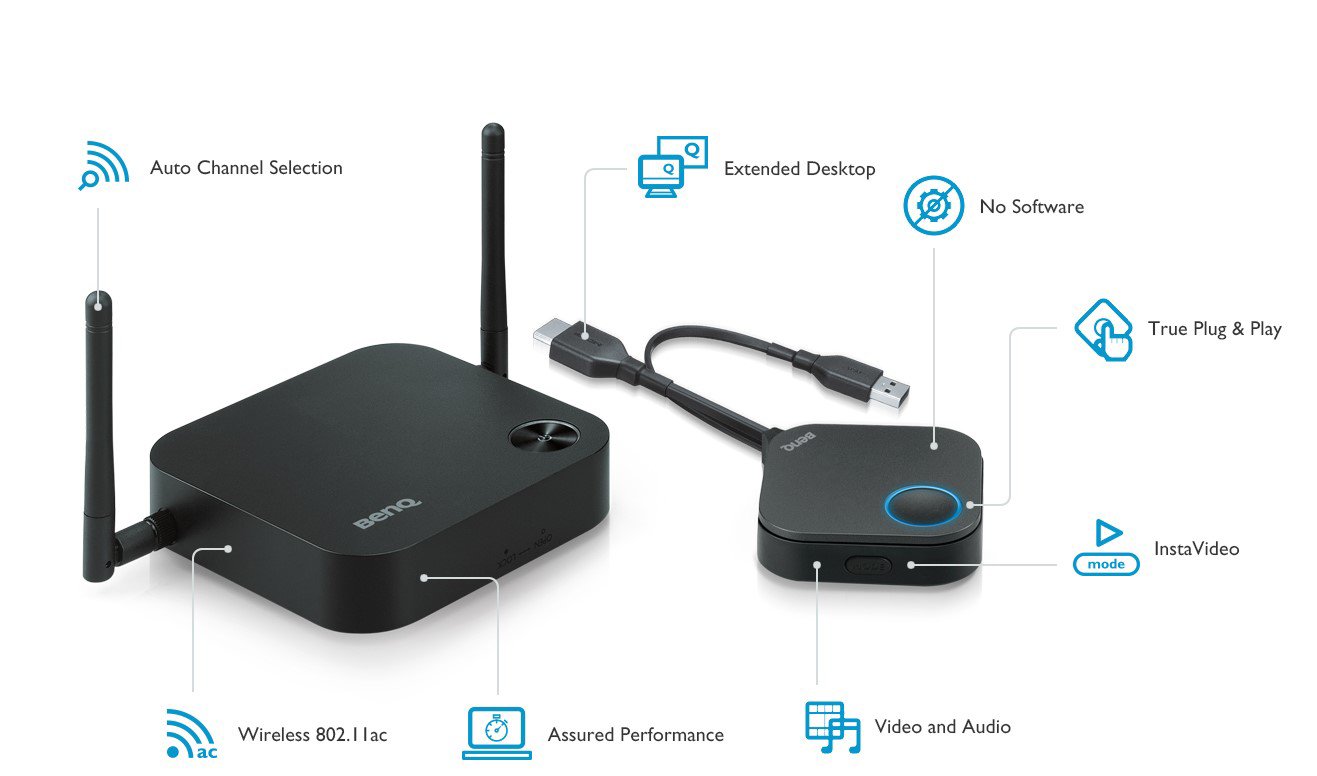What Is the Difference Between the Kramer via Go and Instashow WDC-10?
- BenQ North America
- 2019-05-03
Wireless presentation systems have seen significant growth over the last few years, and according to Futuresource, entry-level models costing under $1000 make up over half of all wireless presentation solutions sold. While products like Chromecast and Apple TV were designed for the home, both the BenQ InstaShow and Kramer Via Go are popular wireless collaboration systems designed for both enterprise collaboration or shared educational meeting spaces. This article looks at how these two systems handle typical notebook use in small to medium-sized meeting rooms and huddle spaces.
These two systems use different methods to create a wireless collaboration environment. The Kramer Via Go uses a special software application that is loaded onto the presenter’s notebook and uses the corporate WiFi network to transmit the signal to the Via Go hub connected to the projector or flat panel. The BenQ InstaShow uses a physical transmitter button that plugs into the notebook’s HDMI or USB-C port that wirelessly transmits to a receiver that is connected projector or flat panel display. While both types of systems have been on the market for a few years, the majority of corporate meeting rooms use button type wireless displays.
To compare these systems, let us look at three major areas important to both the IT staff and meeting room users.
- How easy are these systems to set up and install?
- How easy is it for visitors to use?
- How does each system address security concerns?
- Unique advantages of each system

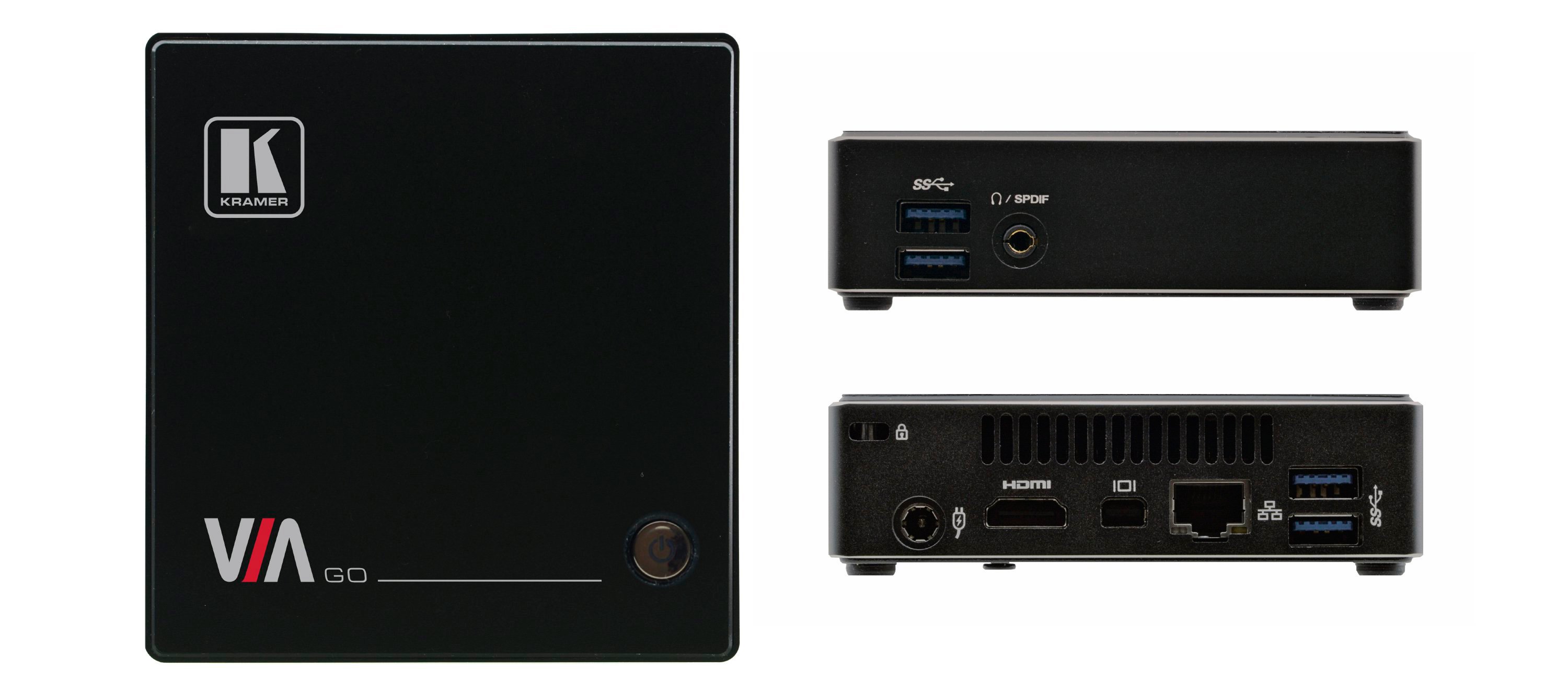
The Via Go system uses software running on the notebook and a WiFi network to transmit the video to the Via Go hub connected to a display. While it can be setu up on a standalone basis, the system is designed to use existing networks. For enterprise network installations, IT administrators will need to ensure that details such as network addressing and segmentation is properly addressed. The VIA Go uses over 20 network ports that are required to be open for the system.
The Kramer VIA Go also has network bandwidth requirements to enable the smooth sharing of different types of content:
- PowerPoint presentation display, document review, etc. – 1 Mbps per client
- Web browsing – 5 Mbps per client
- Video/multimedia streaming – 25 Mbps per client
These details and other network implementation topics can be found on the 29th page in the VIA IT Deployment Guide.
The InstaShow is designed for secure collaboration right out of the box in less than 10 minutes without IT support. Like the VIA Go, the user assembles and connects the receiver to a projector or display. The two InstaShow buttons are pre-paired to the receiver so it ready to use. Testing by the publication My Tech Decisions indicated it took only a few minutes to connect and use.
Because the BenQ InstaShow does not need any special network configurations or notebook software applications, it is easier and faster to install without IT support.
Huddle spaces and smaller meeting rooms often host vendors, consultants, and other outside visitors where ideas need to flow quickly to keep the collaboration processes flowing. So which of these two wireless systems are easier for visitors to use with their notebook computers?
For a visitor to access the VIA Go, they must first log in to the same network that is hosting the hub. Once connected to the hub, they will then need to navigate to the web page of the unit by entering the room name of the VIA into the computer’s browser.
After connecting to the hub, the user has the option to either install the VIA software or run the software from the unit. This can present a challenge to certain visitors since many organizations “lock down” their notebooks from external third party software to protect from malware and require IT support and approval for any application to be installed.
Once the application is running on the notebook, the user then logs into the hub and has the option to enter a four-digit code to ensure the presentation is going to the correct screen. Once logged in, the visitor can begin presenting.
For a visitor to use an InstaShow in a huddle space or meeting room, the visitor simply plugs in an InstaShow transmitter button to their notebook using the HDMI or a USB-C connector. No software is needed to be installed on the visitor’s notebook. The button will create an encrypted transmission to the receiver host in about 10-15 seconds, and once it is safe to transmit, the button light turns green and presenter pushes his button to present.
The BenQ InstaShow makes it easier since it does not need software apps, notebook administrator rights, or a network login for visitors to use the system.
Security is a major component in choosing a commercial wireless system such as the VIA Go or InstaShow over a consumer solution such as Chromecast. Each brand publishes a detailed security white paper outlining the specific security approach for each system and should be referred to for specific information regarding these elements.
The Kramer VIA GO is a secure system and encrypts all transmissions from the notebook using the client software and the hub to create a secure channel to protect the content from unauthorized viewing or recording. This software is required to run on the presenting notebook to enable the encryption. Also, because the hub is an active network device, its firmware and other security protections must be kept up to date over time to ensure proper protection to the network. Kramer offers additional products to such as VSM that can be purchased to enable IT managers to manage, monitor, and update multiple hubs.
The InstaShow buttons use a closed network and advanced 128-bit encryption to ensure that each presentation transmission cannot be captured or recorded. Unlike the VIA Go, it does not require an application to be loaded on the laptop and does not require a connection to a enterprise network. The LAN port on the receiver is for configuration only and does not transmit any presentation information over the corporate network.
Both systems enable secure collaboration through content encryption but accomplish their tasks in different ways. The Kramer uses the notebook software application to encrypt the data sent over the network and optional software to manage hub security, while the InstaShow button itself encrypts the data sent to the receiver.
Because of the difference in design architecture, both systems have some nice features that you may want to consider in your decision.
Product |
BenQ InstaShow |
VIA Go |
Product Unique Feature #1 | BenQ InstaShow Does not require any software or network connection | VIA Go VIA App can enable tablets and phones to wirelessly connect |
Product Unique Feature #2 | BenQ InstaShow Button option for USB-C / Thunderbolt 3 Notebooks such as MacBook Pro | VIA Go Can present two images on the screen |
Product Unique Feature #3 | BenQ InstaShow iF Design Award Good Design Award Taiwan Excellence Award | VIA Go InAVate Award |
While the BenQ InstaShow WDC-10 has a higher MSRP than the Kramer VIA Go, it does have a number of advantages. The BenQ InstaShow delivers a wireless presentation system that is easy to install and setup without IT support and enables a visitor to start presenting in just seconds – without any software hassles.
The advanced encryption and other security features of both the VIA Go and InstaShow protect visitors and companies from unauthorized internal or external recording of sensitive presentations. With its button design and holder, the InstaShow also has won both the iF Design and Good Design awards for beauty and functionality, demonstrating that it not only works well, but it will also add style and class to your meeting space. Bottom Line - both systems are solid choices for a commercial meeting room or huddle space, but if you have concerns on software or are looking to minimize the impact on your network, you will want to take a close look at the BenQ InstaShow.
